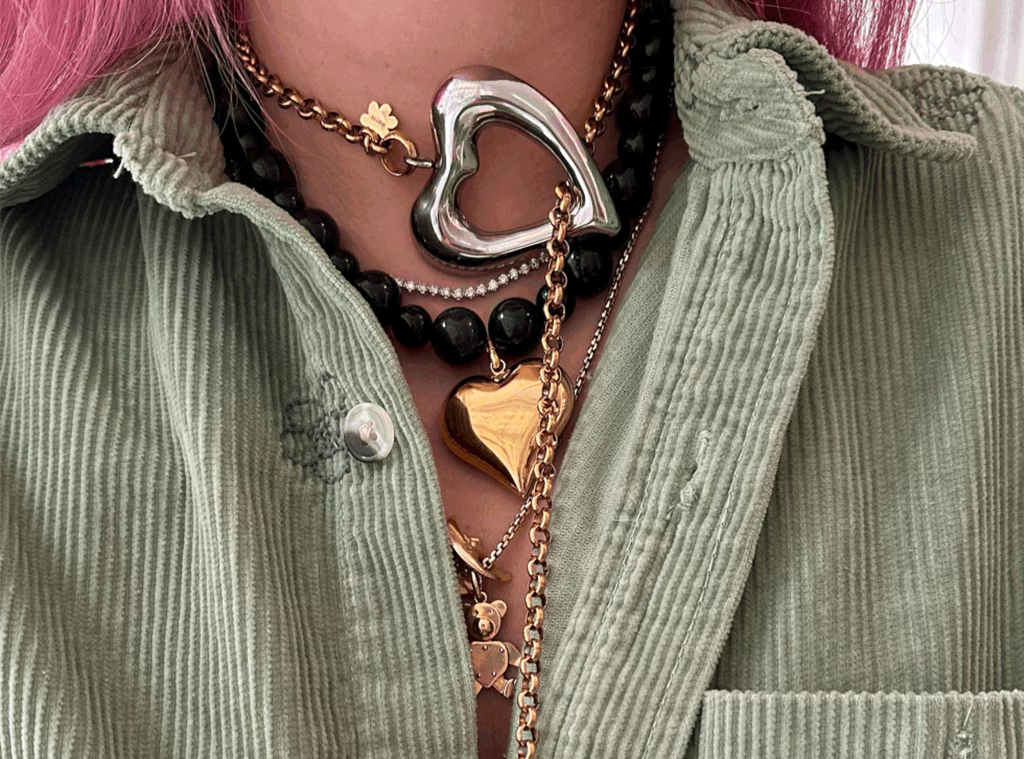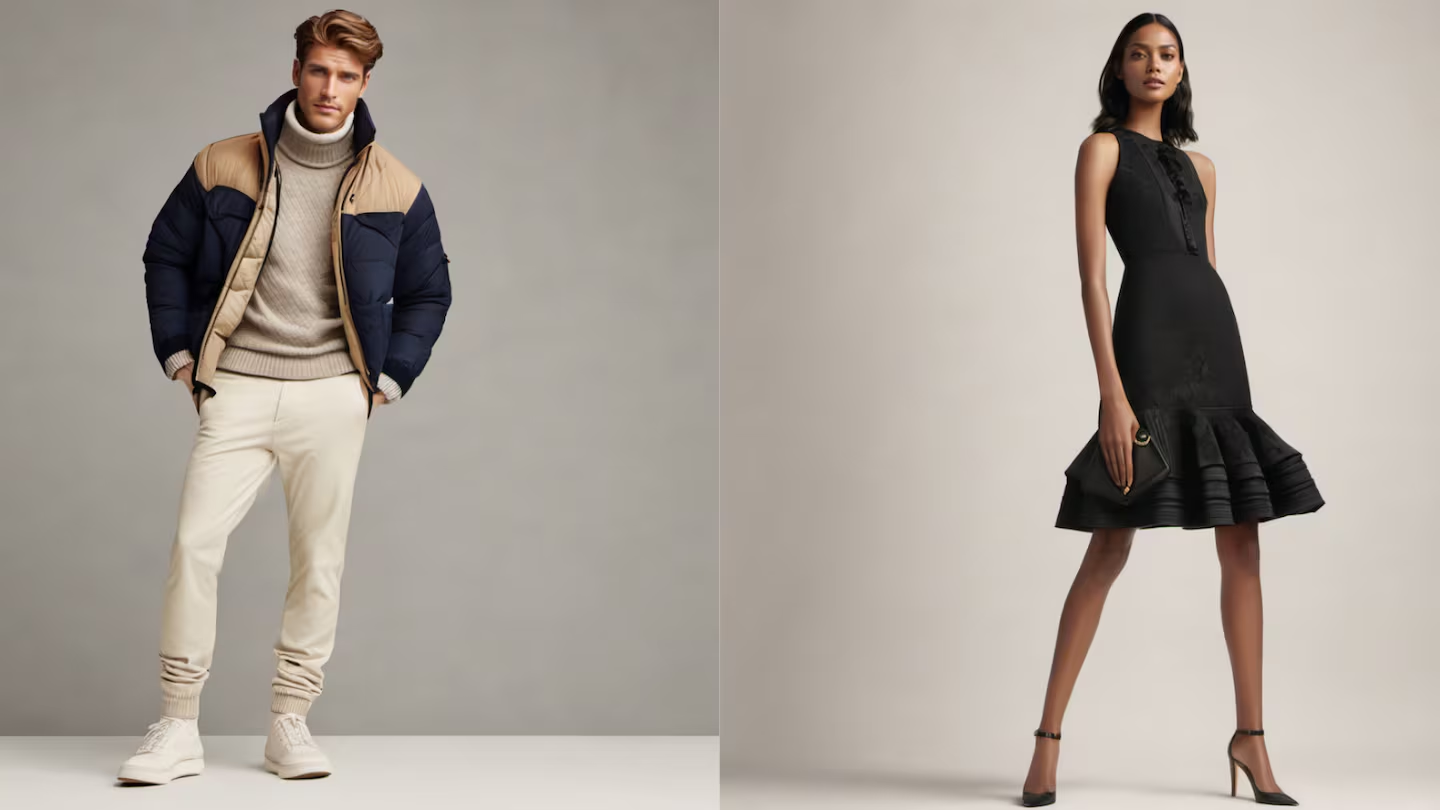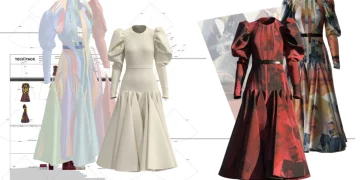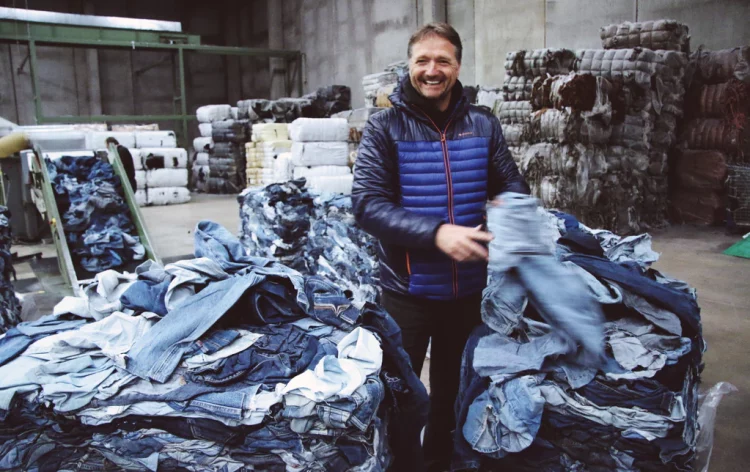Fashion trends come and go, often influenced by changing seasons, celebrity endorsements, and social media influencers. However, over the past decade, a growing awareness of environmental and ethical concerns has led to a rising demand for more sustainable practices in the fashion industry. With fast fashion dominating the market, many consumers are starting to question how sustainable today’s fashion trends really are.
In this article, we’ll explore the sustainability of modern fashion trends, examining the impact of fast fashion, the emergence of eco-conscious brands, and how we, as consumers, can make informed choices to reduce our environmental footprint.
The Rise of Fast Fashion: A Double-Edged Sword
Fast fashion is the dominant business model of today’s fashion industry. The allure of affordable, trendy clothing at lightning speed has made it the go-to option for millions of consumers worldwide. Fast fashion retailers like Zara, H&M, and Shein are known for their ability to turn runway trends into affordable pieces that hit stores in a matter of weeks, if not days.
However, while fast fashion allows consumers to stay on top of the latest trends without breaking the bank, it comes at a significant environmental and social cost. The speed at which these brands produce clothing leads to overproduction and mass waste. The garments are often made with synthetic fibers like polyester, which are derived from petroleum, contributing to carbon emissions and microplastic pollution in oceans. Additionally, these clothes are not made to last—after a few wears, they can lose their shape, color, or quality, often ending up in landfills.
The fashion industry is one of the largest polluting industries in the world, accounting for approximately 10% of global carbon emissions and a substantial portion of water consumption. As a result, the conversation around sustainable fashion is more urgent than ever.
The Emergence of Sustainable Fashion Brands
In response to the environmental crisis, many brands are embracing sustainability, whether through the use of eco-friendly materials, ethical labor practices, or promoting the idea of “slow fashion.” The slow fashion movement encourages a shift away from the mindless consumption of cheap, disposable clothing to thoughtful purchasing of higher-quality, long-lasting garments.
Sustainable fashion brands like Patagonia, Stella McCartney, and Reformation have long championed eco-friendly practices, prioritizing organic cotton, hemp, and recycled fabrics over conventional materials. Many of these brands also use innovative manufacturing processes that minimize water and energy usage. For example, Patagonia’s “Worn Wear” initiative encourages customers to repair and reuse their garments, reducing the need for new production.

Another major development is the rise of circular fashion. Circular fashion refers to a closed-loop system in which products are designed with the intention of being recycled or upcycled at the end of their life cycle. Brands like Filippa K and the Swedish label Houdini have adopted this approach, creating products that can be disassembled and reused rather than discarded.
While these sustainable brands are growing in number, they still represent a small portion of the global fashion market. For the sustainable fashion movement to truly take off, it will require more mainstream brands to adopt these practices and for consumers to embrace sustainability as a core value when making fashion choices.
The Power of Consumer Consciousness
One of the most significant shifts in recent years has been the increasing awareness among consumers about the environmental and ethical implications of their purchases. The rise of social media and influencers has given voice to eco-conscious movements, making sustainable fashion not only a trend but also a lifestyle choice for many.
Consumers today are more informed than ever about issues like textile waste, child labor, and the use of harmful chemicals in production. This shift in consumer consciousness is pushing brands to be more transparent about their sourcing, production, and labor practices. Retailers such as Everlane and Allbirds, for example, have built their brands around transparency, offering consumers a clear view of how their products are made and the materials used.
Furthermore, platforms like Good On You and the Fashion Revolution Index allow consumers to rate and research brands based on their sustainability practices, making it easier than ever to make an informed purchase. The rise of second-hand shopping and clothing rental services like ThredUp and Rent the Runway also exemplifies the increasing preference for alternatives to traditional fashion consumption.
Yet, while there is growing demand for ethical fashion, many consumers are still reluctant to pay premium prices for sustainably produced goods. Fast fashion remains the most accessible and affordable option for most people. This highlights a critical challenge in the sustainable fashion movement: balancing affordability with sustainability.
Material Innovation: The Future of Fashion
To address the environmental issues associated with traditional textile production, researchers and fashion innovators are looking for sustainable alternatives to commonly used fabrics like cotton, polyester, and nylon. The development of new materials could be a game-changer in the fashion industry.
One of the most exciting innovations is the use of plant-based fibers such as Tencel (lyocell), hemp, and bamboo. These materials require less water and chemicals to produce compared to conventional cotton, and they are biodegradable. Brands like Reformation and Levi’s are already using Tencel in their collections, contributing to a reduction in their environmental footprint.
Another innovation gaining traction is the use of recycled materials. Brands like Adidas have made headlines with their partnership with Parley for the Oceans, creating shoes made from ocean plastic. Similarly, Rothy’s is known for producing shoes made from recycled water bottles, while Ganni has launched a collection made from regenerated nylon.
The fashion industry is also experimenting with biofabrication, which involves growing textiles from microorganisms. One such example is the company MycoWorks, which produces leather-like materials made from mushrooms. These bio-leathers are not only sustainable but also offer a cruelty-free alternative to traditional animal leather.
While these innovations are promising, they are still in the early stages of adoption. Widespread use of sustainable materials will require large-scale manufacturing changes and significant investment in research and development.
The Role of Technology in Fashion Sustainability
:max_bytes(150000):strip_icc()/__opt__aboutcom__coeus__resources__content_migration__treehugger__images__2017__06__mycellium-mycotex-mushroom-textile-dress-fashion-design-aniela-hoitink-neffa_dezeen_936_2-1d639a09fd8b4db5955a9c951c4f1a59.jpg)
Technology is playing a pivotal role in transforming the fashion industry toward sustainability. From the use of artificial intelligence (AI) to predict trends and optimize supply chains, to the adoption of 3D printing for creating garments on demand, the possibilities for reducing waste and improving efficiency are vast.
One of the most promising developments is the use of digital fashion. Virtual clothing and augmented reality (AR) are enabling consumers to “try on” clothes digitally, reducing the need for physical samples and returns. This could significantly reduce the carbon footprint associated with clothing production and transportation.
3D printing technology is also changing the game. Companies like Shapeways are working on creating garments that are custom-made to fit individual body types, reducing the need for mass production and excess inventory. This could drastically minimize waste in the fashion industry, where unsold goods often end up in landfills.
Additionally, technologies like blockchain are being used to track and authenticate the supply chain, ensuring that garments are made ethically and sustainably. Transparency is key in fostering trust between consumers and brands, and blockchain could offer an innovative solution to verify the sustainability claims of fashion companies.
The Challenges Ahead: Changing Mindsets and Consumer Behavior
Despite the growing awareness and innovation in sustainable fashion, several challenges remain. One of the biggest hurdles is the issue of consumer behavior. Many people continue to prioritize price, convenience, and style over sustainability when making purchasing decisions. Fast fashion’s ability to produce trendy clothing at a fraction of the cost of sustainable alternatives is a significant barrier to widespread change.
Additionally, there is still a lack of clear regulations governing sustainability in fashion. While some countries, such as the UK and France, have introduced legislation requiring brands to disclose their environmental impact, these measures are not yet universal. Without industry-wide regulations, brands may continue to make exaggerated sustainability claims, also known as “greenwashing,” which can mislead consumers.
The issue of overconsumption remains a critical challenge. Even if consumers switch to more sustainable brands, the overall consumption of clothing must decrease to reduce the environmental impact of the fashion industry. This is where the slow fashion movement becomes important—encouraging consumers to buy less, buy better, and invest in quality over quantity.
Conclusion: A Shift Toward Sustainability
Today’s fashion trends are increasingly influenced by the demand for sustainability, and while progress is being made, the industry still faces significant challenges. The rise of fast fashion, the environmental impact of textile production, and the need for more consumer awareness all contribute to the complexity of the issue.
However, with growing innovations in materials, technology, and production processes, there is hope for a more sustainable future in fashion. The responsibility lies not only with brands and manufacturers but also with consumers who have the power to drive change through their purchasing decisions. By supporting brands that prioritize sustainability, reducing overconsumption, and demanding greater transparency, we can all contribute to a more eco-conscious fashion industry.
As we move toward a more sustainable future, fashion will need to evolve. But with the right combination of innovation, consumer demand, and industry regulation, today’s trends could be the first step toward a more sustainable tomorrow.

















































